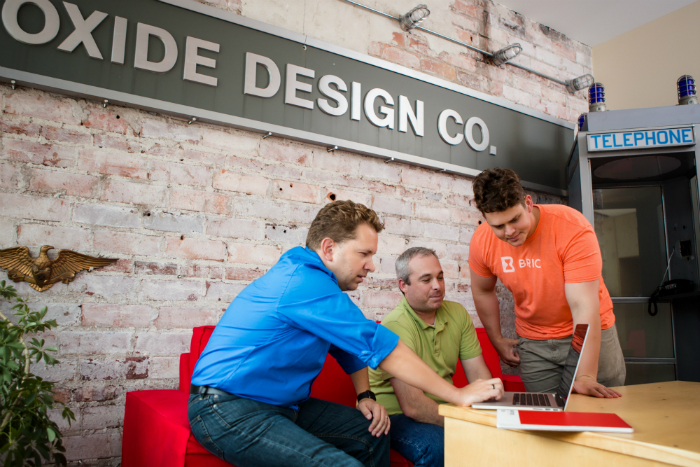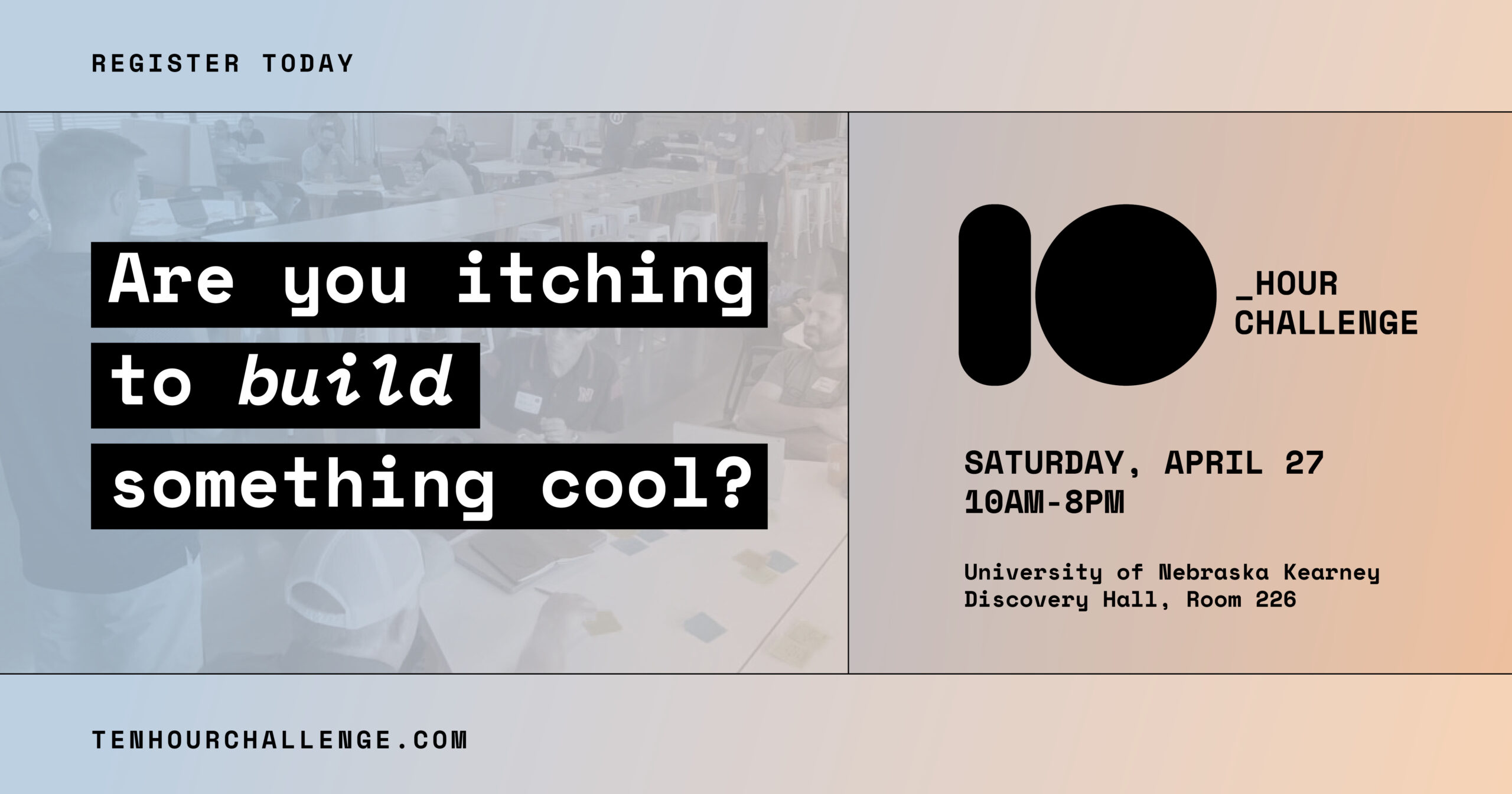
Bric turns traditional time sheets and project management into a powerful predictive tool for creatives.
Since leaving the Straight Shot accelerator last fall, Bric has been enhancing their project planning platform for creative agencies.
In January they launched a new version of their software platform that included time tracking as well as integration with other tools.
“We saw a need for a data science analytics play so that we could become a hub for other applications,” said Grant Stanley, CEO of Bric. “Bric is a strategic application, and we integrate with all your other tactical applications to give you more information about running your creative agency.”
Since January they’ve started adding more machine learning aspects that offer the most likely outcomes for projects based on past performance.
“It’s just a recommendation, but you avoid starting with a blank page,” said Stanley.
These recommendations can mean the difference between a happy creative person and a frustrated one.
Correcting for bias
When creative agencies bid on work, they typically underestimate the time it will take to complete a project because they want to make the client happy. Bric can look at similar past projects offer more realistic projections.
“It’s a reality check for you,” said Stanley.
The benefit is not only more accurate project planning but a corrective to the human bias towards unrealistic expectations.
“Creative agencies often blame the client on being a jerk,” said Stanely. “But if they are actually honest with themselves, they bid the project at their ideal. If everything went perfect, this is how long it would take.”
Predictive analytics also shortens the time for responses to client proposals. Once the client explains what they want, agencies can immediately offer suggestions for cutting costs or adjusting timelines.
“I can ask questions that start to make their dream more realistic. If they want a specific team member that team member is going to be busy for two months, I don’t have to call them back a week later. I can ask, ‘How important is it to have this team member?’” said Stanley.
Avoiding “nanny analytics”
Couldn’t a platform like Bric become another way to even more tightly control the time and work of employees? Stanley doesn’t think so.
“Bric by our nature is focused on the future,” said Stanley. “Analytics should help us make smarter decisions about the future, not punish people for past behavior.”
The company has had clients approach them for what Stanley calls “nanny analytics.” Bric has refused to go down that path.
“If you don’t trust your employees, no amount of analytics is going to help you,” said Stanley. “You need new employees.”
Bric has also made a conscious decision to build project management systems that focus on outcomes rather than micromanaging. Their philosophy stems from the belief that creative professionals need the freedom to be creative in solving problems.
“Bric pushes not for lists of tasks but descriptions of the client objective,” said Stanley. “That way your people are solving for the objective. That gives their work purpose rather than just making things pretty or interesting.”
The future for Bric
Bric is starting to make an impact in the market for project management tools.
“We had client yesterday who switched over to us from Toggl, our biggest competitor, because they liked our timesheet view better, plus we had project planning,” said Stanley.
According to Bric, the average customer makes an additional $850 per employee per month by using their platform.
Current users are logging into the application 2-6 times per day.
“For a B2B SaaS app that’s some pretty high engagement,” said Stanley.
In the next version of Bric, the company wants to show the projected shape of a project over time.
“It will be able to show you, ‘OK, this is a 12 week project with a 3 week gap in the middle,’” said Stanley. “Even though this person is assigned to this project, and it’s active, can we find something else for them?’”
In the end, Bric is passionate about doing the boring stuff that creative people hate to do.
“Creatives understand the need to plan and track time, but at the end of the day they got into this business to practice their craft,” said Stanley.
—
Ryan Pendell is the Managing Editor of Silicon Prairie News.




